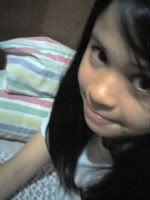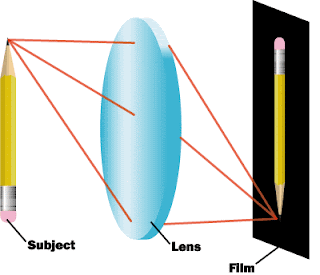
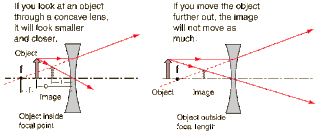
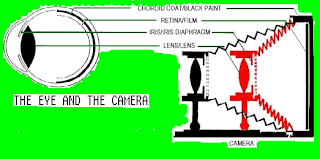
OBJECT BEYOND C
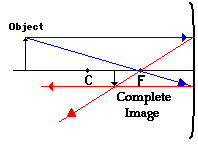
OBJECT AT C

OBJECT BETWEEN C AND F
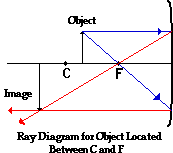
OBJECT AT F
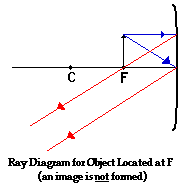
OBJECT LOCATED IN FRONT OF F
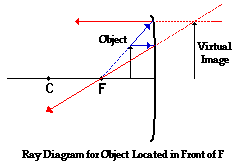
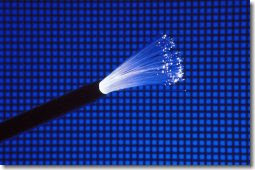
The Mirror Equation
Ray diagrams can be used to determine the image location, size, orientation and type of image formed of
objects when placed at a given location in front of a concave mirror. The use of these diagrams were demonstrated earlier in Lesson 3. Ray diagrams provide useful information about object-image relationships, yet fail to provide the information in a quantitative form. While a ray diagram may help one determine the approximate location and size of the image, it will not provide numerical information about image distance and object size. To obtain this type of numerical information, it is necessary to use the Mirror equation and the Magnification equation. The mirror equation expresses the quantitative relationship between the object distance (do), the image distance (di), and the focal length (f). The equation is stated as follows:
The Magnification equation relates the ratio of the image distance and object distance to the ratio of the image height (hi) and object height (ho). The magnification equation is stated as follows:
These two equations can be combined to yield information about the image distance and image height if the object distance, object height, and focal length are known.
THE LONG TEST IS SO DIFFICULT..I HOPE I GET PASSING SCORE..T_T
